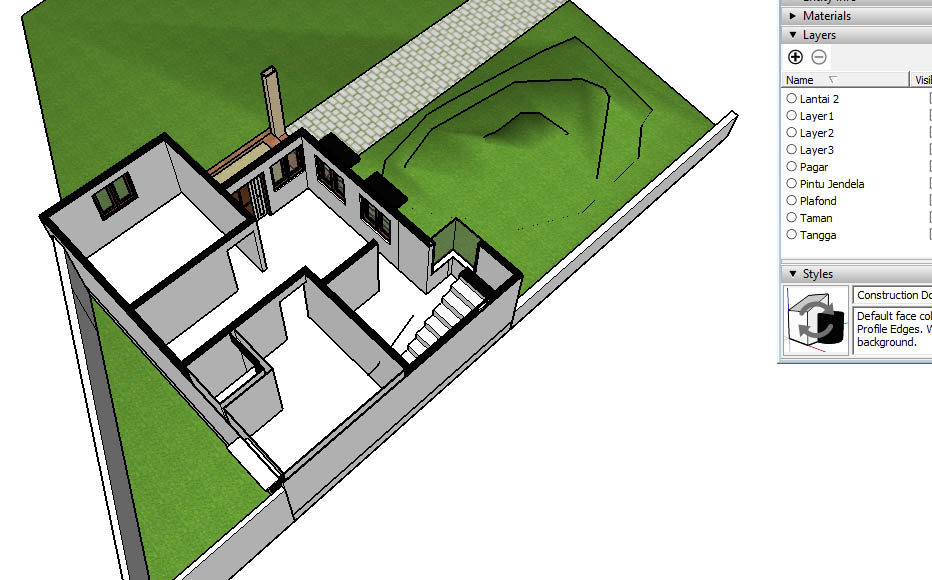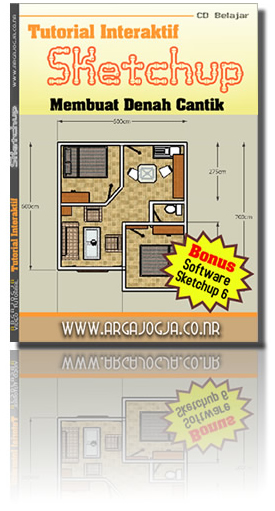

The best solution is to use the Flatten command and when it fails (and it will) try to change the Z and Elevation values for the drawing object from the properties panel. you really don’t wont to export that to SketchUP. most times only site survey contour lines will spread along the Z axis and some additional information related to that and its OK, the problem is some draftsman snap to those lines while viewing the plan in 2d top view never knowing they go up and down the Z line.

I know this sound odd, CAD drawings supposed to be 2d no? but believe me, sometimes they come more 3d then your 3d model will ever be. Zooming extents will let you know if this is the case with your file and you can act accordingly by moving or deleting parts of it. What you see on screen initially is not necessarily all the content inside the files, some parts might be far away from each other. Here are a few things to check and do before moving on to SketchUP Zoom extents as you can see below, the original drawings sent by the architect contains a large amount of information we don’t need to transfer to SketchUP These files will be the baseline for the 3d model to be created and it is very important to set them right to prevent problems down the road.

The first things I usually get from a client are the CAD drawings for the project at hand (a rare few manage to send me the down payment first). Hopefully, the information I’m sharing here will be useful for all of you 3d visualization artists, architects, designers and anyone else with an interest in 3d architectural visualization More than a ‘HOW-TO’ but not really qualifying as a fully-fledged tutorial, a ‘MAKING-OF’ post is a collection of spotlights illuminating several different aspects involving in the creation of the subject scene. (boso inggris maksute, he3x.) selamat mengikuti… tapi maaf, belum tak translate ke dalam bahasa indonesia soale uakeh tenan lagian aq yo rodok mumet nek gang nranslate menranslate, silahkan di transalete dewe itung2 sambil latihan boso jowowa minimalist gitu. Tutorial ini bersumber dari proyeknya mas ronenbekerman yang kemudian tak posting lagi di blog argajogja supaya koe2 kabeh pada ngerti semua he3x. Gambar diatas adalah gambar hasil akhir dari renderan menggunakan 3 ds max vray. Pemodelan objek diatas berawal dari sebuah denah yang dibuat di program Autocad, kemudian dimasukan di program sketchup, lalu di program sketchup itulah dibuat pemodelan 3 dimensinya, kemudian untuk hasil akhirnya objek tersebut kita export ke program 3 ds max (cara mengexport lihat artikel sebelumnya, makanya langganan argajogja ben ra ketinggalan, he3x) lalu kemudian di render menggunakan plugin vray.


 0 kommentar(er)
0 kommentar(er)
